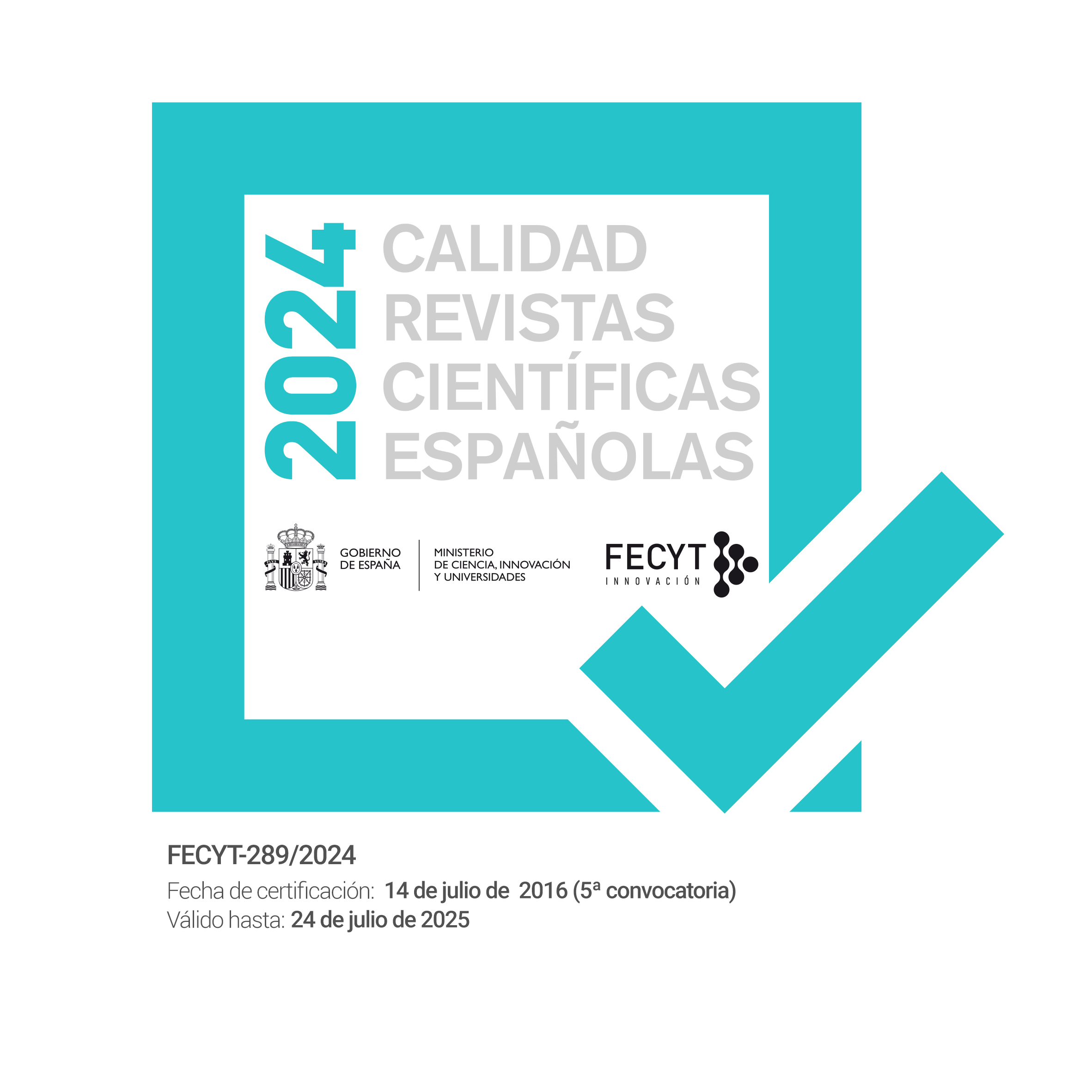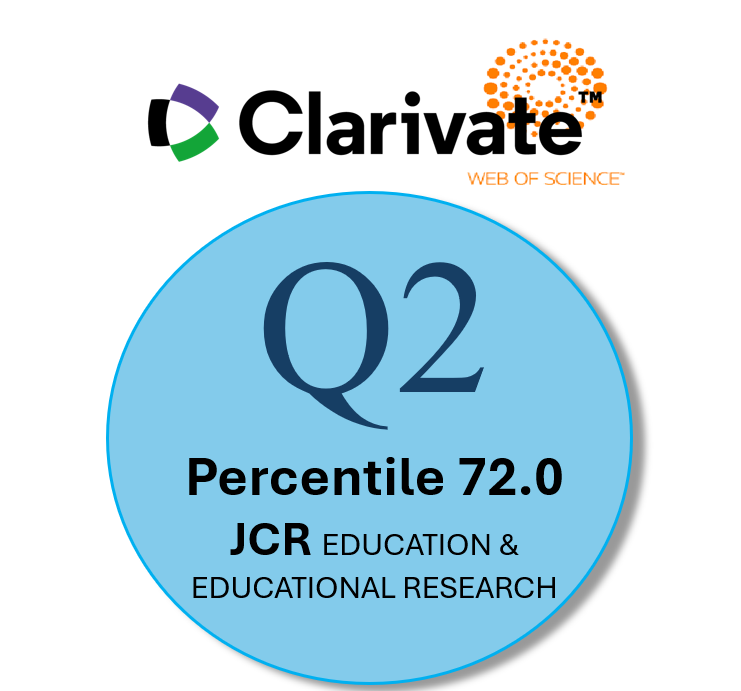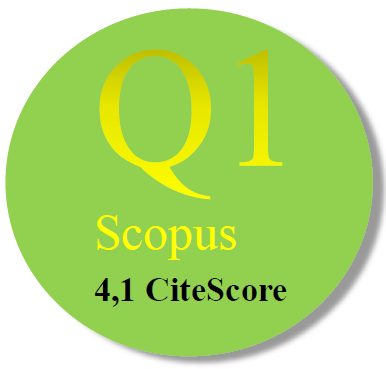Collaborative and Ubiquitous Model to Support Teaching and Learning Processes in Iberoamerica
Abstract
The new professionals require higher levels of knowledge, continuous updating of information, and acquisition of technological skills, synthesis and critical thinking in order to adapt to the new economic models. This implies the need for current educational systems to evolve in order to continue preparing people, considering the advantages offered by new information and communications technology. The u-learning or ubiquitous learning is a new learning model available in different channels simultaneously and in a fully distributed environment, describing a series of training activities, supported by the use of technology, which can be accessed anywhere, anyway. This article describes a model of ubiquitous and collaborative teaching and learning using different interaction devices, allowing not only to learn but to acquire communication, cooperation, and teamwork skills continuously. This model was led by a team of Iberoamerican researchers. Besides, a technological platform design is presented in order to support the model proposed, and a preliminary validation is performed using a reduced group of participants, obtaining interesting preliminary results, where the software tool was considered adequate for teachers to create courses in a collaborative and ubiquitous manner, and for students to participate in a better way. A validation with a bigger group of students and teachers is proposed for a further work.Downloads
-
Abstract2569
-
PDF (Español (España))1350
Las obras que se publican en esta revista están sujetas a los siguientes términos:
1. El Servicio de Publicaciones de la Universidad de Murcia (la editorial) conserva los derechos patrimoniales (copyright) de las obras publicadas, y favorece y permite la reutilización de las mismas bajo la licencia de uso indicada en el punto 2.
2. Las obras se publican en la edición electrónica de la revista bajo una licencia Creative Commons Reconocimiento-NoComercial-SinObraDerivada 3.0 España (texto legal). Se pueden copiar, usar, difundir, transmitir y exponer públicamente, siempre que: i) se cite la autoría y la fuente original de su publicación (revista, editorial y URL de la obra); ii) no se usen para fines comerciales; iii) se mencione la existencia y especificaciones de esta licencia de uso.
3. Condiciones de auto-archivo. Se permite y se anima a los autores a difundir electrónicamente las versiones pre-print (versión antes de ser evaluada) y/o post-print (versión evaluada y aceptada para su publicación) de sus obras antes de su publicación, ya que favorece su circulación y difusión más temprana y con ello un posible aumento en su citación y alcance entre la comunidad académica. Color RoMEO: verde.













